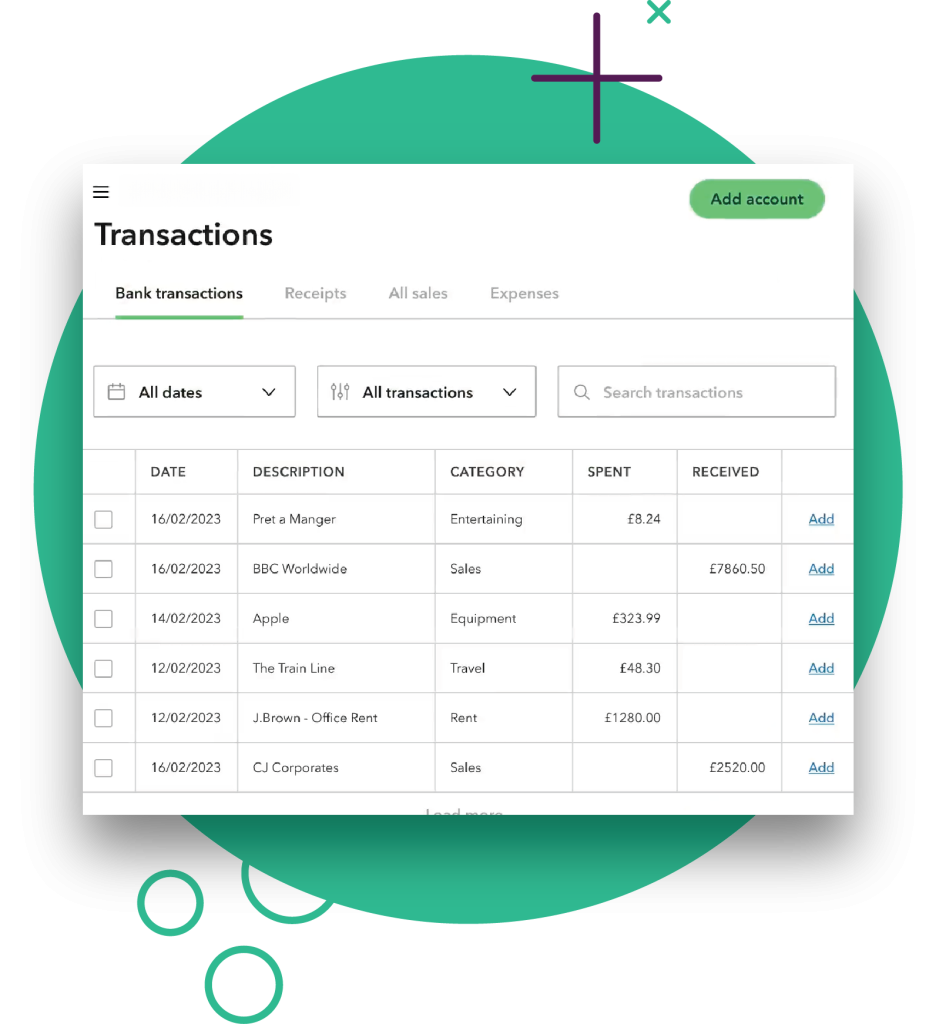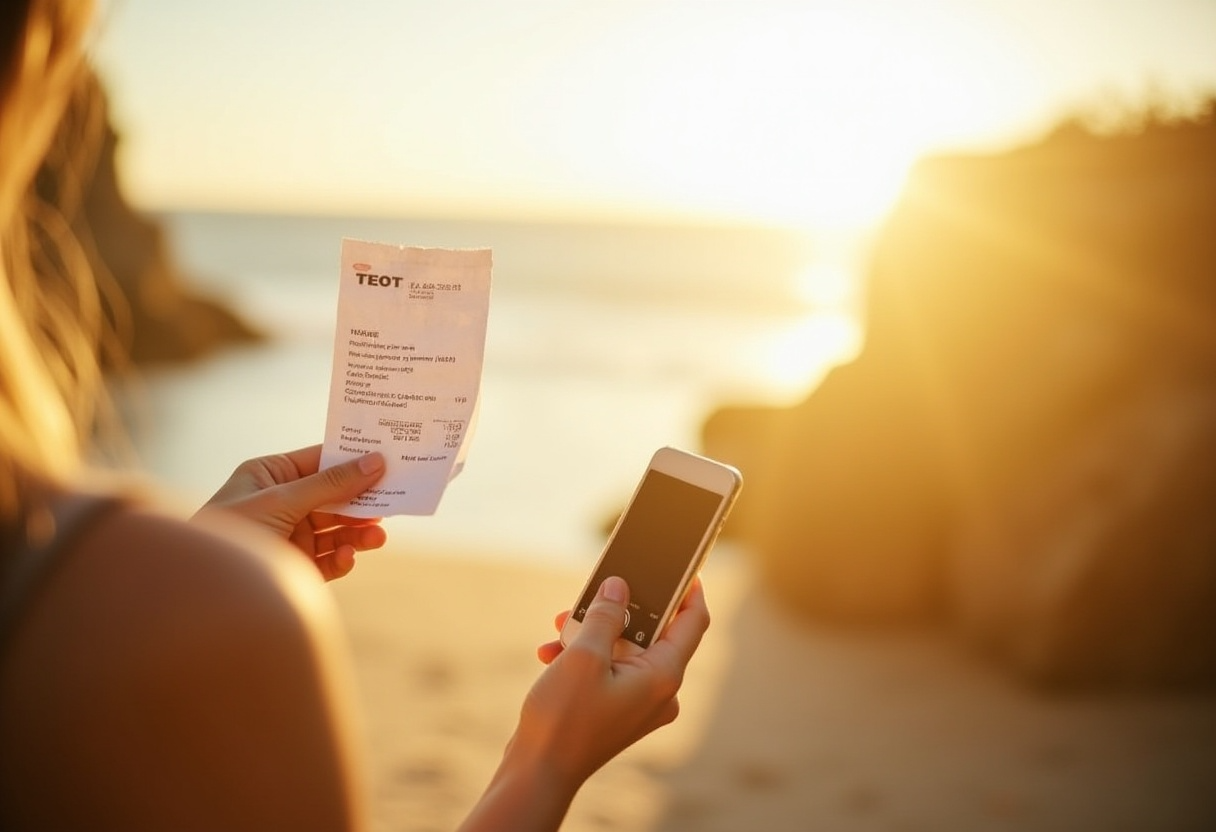If you’re self-employed or a landlord, significant changes are coming to how you’ll report income to HMRC. Making Tax Digital for Income Tax begins in April 2026, and understanding these requirements now will help you prepare effectively.
What is making tax digital for income tax?
Making Tax Digital (MTD) for Income Tax replaces annual tax returns with quarterly digital submissions. You’ll need to keep digital records from day one, submit income and expense updates every three months, then complete an end-of-period statement and final declaration.
Excel spreadsheets alone won’t meet MTD requirements, but they remain viable when paired with HMRC-approved bridging software. If you prefer spreadsheets, bridging software can connect your Excel files to HMRC while maintaining required digital links. Alternatively, dedicated accounting software handles everything in one platform.
Who needs to comply and when?
HMRC is implementing MTD in three phases:
Phase 1: April 2026 – Sole traders and landlords with combined income exceeding £50,000
Phase 2: April 2027 – Those with income between £30,000 and £50,000
Phase 3: April 2028 (proposed) – The government plans to extend MTD to anyone with combined self-employment and rental income over £20,000, though this threshold is subject to final legislation
These thresholds apply to gross income before expenses. If you fall below these levels or are solely employed through PAYE, you’ll continue using the current Self Assessment.

Key requirements and deadlines
Every transaction must be recorded digitally, including all business income, expenses, bank transactions, and mileage. Quarterly deadlines fall 30 days after each quarter ends:
- Q1: April – July – Deadline: 7 August
- Q2: July – October – Deadline: 7 November
- Q3: October – January – Deadline: 7 February
- Q4: January – April – Deadline: 7 May
Digital records must be maintained for five years. Modern accounting software makes this manageable through mobile receipt capture, automatic bank feeds, and intelligent categorisation.
Choosing the right software
At Velocity Accounting Solutions, we’re official partners with all three major platforms. QuickBooks offers user-friendly features ideal for smaller operations. Xero provides extensive integrations. Sage delivers robust reporting for businesses needing comprehensive insights.
Our team can help choose what fits your business best. Essential features include HMRC approval for MTD, automated bank feeds, mobile receipt capture, and reliable support.



Common concerns
Many worry about technology requirements, but if you can use online banking, you can handle MTD software. Modern platforms are designed for business owners, not accountants.
While monthly software fees represent new costs, consider potential savings through reduced accountancy fees, fewer errors, and time saved on bookkeeping. Remember, software costs are tax-deductible.
Your preparation timeline
- Now – December 2025: Calculate which phase affects you. Start photographing receipts and research software options with our guidance.
- January – March 2026: Implement your chosen software alongside existing systems. Complete practice submissions.
- April 2026 onwards: If you’re in Phase 1, submit your first update by 7 August 2026.
How Velocity can help
We specialise in helping sole traders and landlords navigate Making Tax Digital. As official partners with QuickBooks, Sage, and Xero, we combine cutting-edge cloud technology with traditional accounting values.
Whether you’re tech-savvy or prefer gradual digital adoption, we’ll tailor support to your comfort level with transparent fixed-fee packages.
Contact Velocity Accounting Solutions today for a consultation. We’ll assess your current setup, recommend the most suitable approach, and ensure you’re fully prepared before your compliance deadline.






